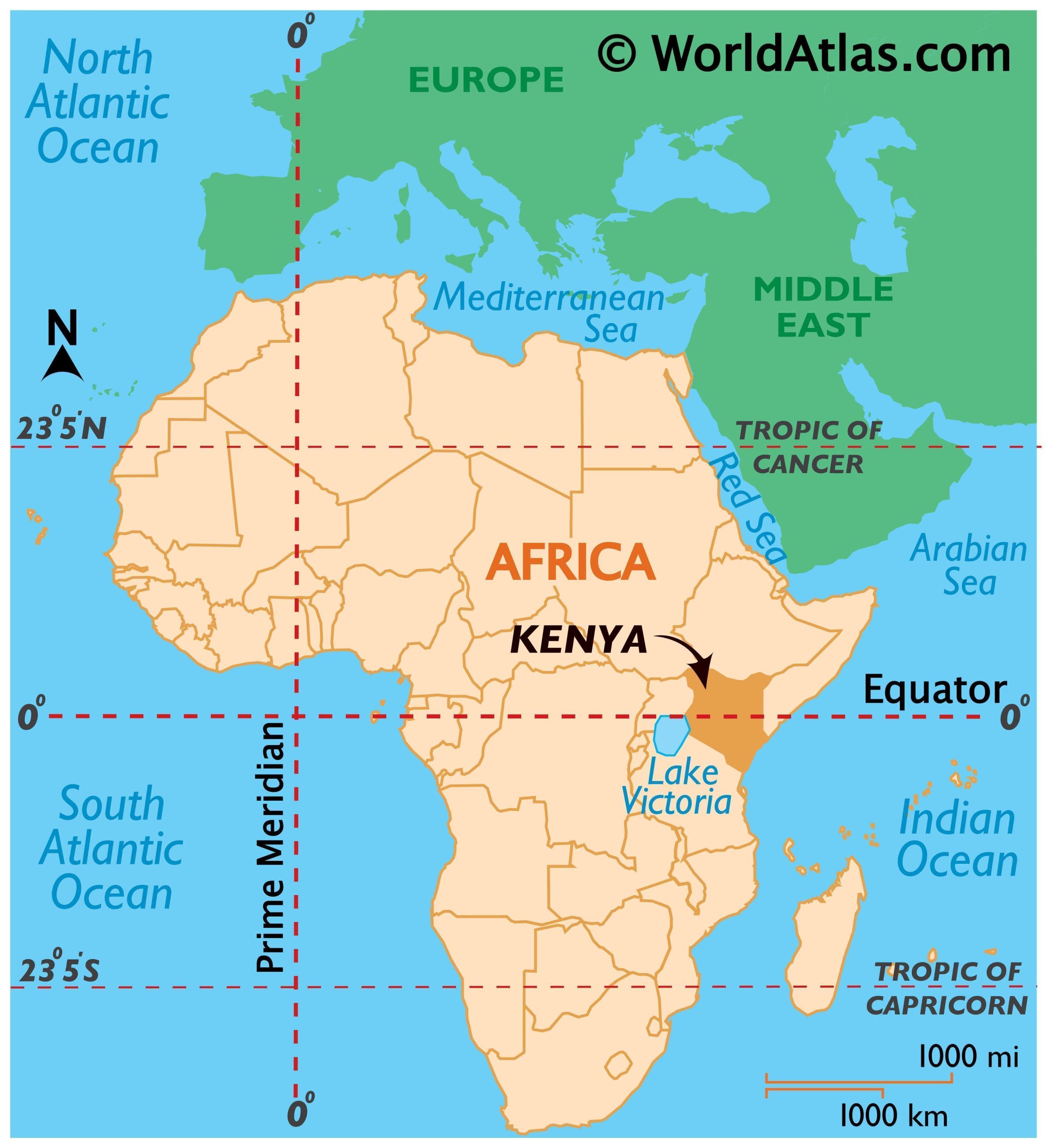Kenya’s Population Growth: A Demographic Shift with Far-Reaching Implications
Kenya is experiencing a steady and significant rise in its population, with projections indicating a substantial increase over the coming decades. This trend reflects broader demographic changes that are shaping the nation’s future in terms of economic development, social services, and environmental sustainability.
Starting from an estimated 48.8 million people in 2020, Kenya’s population has already shown signs of growth, reaching approximately 52.2 million by 2024. The gender distribution during this period shows a slight imbalance, with around 26 million males and 26.4 million females. These numbers highlight the country’s ongoing demographic transition, which is influenced by factors such as fertility rates, life expectancy, and migration patterns.
The trajectory of population growth is expected to continue at a rapid pace. By 2030, Kenya’s population is projected to reach 57.8 million, followed by 62.2 million by 2035 and 66.3 million by 2040. By 2045, the population could surpass 70.23 million. These figures underscore the urgency for effective planning and resource management to meet the needs of a growing population.
Key Factors Driving Population Growth
Several factors contribute to Kenya’s rising population:
-
High Fertility Rates: Kenya has one of the highest fertility rates in the world, with women on average having more than four children. This is largely due to cultural norms, limited access to family planning, and early marriage practices.
-
Improved Life Expectancy: Advances in healthcare, better sanitation, and increased access to medical services have led to a decline in infant and maternal mortality, resulting in longer life spans.
-
Urbanization: As more people move to urban centers in search of better opportunities, cities like Nairobi, Mombasa, and Kisumu are experiencing rapid population growth, placing additional pressure on infrastructure and public services.
-
Economic Conditions: While Kenya’s economy is growing, it faces challenges in creating enough jobs to absorb the increasing number of young people entering the workforce. This can lead to issues such as unemployment and underemployment.
Implications for Planning and Development
The rapid population growth presents both challenges and opportunities for Kenya. On one hand, it requires significant investment in areas such as education, healthcare, housing, and transportation. On the other hand, a larger population can drive economic growth if properly managed through policies that promote employment, innovation, and sustainable development.
Governments and policymakers must focus on long-term strategies that address these demographic shifts. This includes:
- Expanding access to quality education and vocational training to prepare the youth for the job market.
- Investing in healthcare systems to ensure that all citizens have access to essential services.
- Developing infrastructure that can support a growing population, including improved roads, electricity, and water supply.
- Encouraging family planning initiatives to empower individuals to make informed decisions about their reproductive health.
Looking Ahead
As Kenya continues to grow, the need for comprehensive and forward-thinking policies becomes increasingly important. The country’s ability to manage its population growth effectively will determine its future success in achieving sustainable development and improving the quality of life for its citizens.
With careful planning and strategic investment, Kenya has the potential to turn its demographic trends into a powerful asset for national progress.







